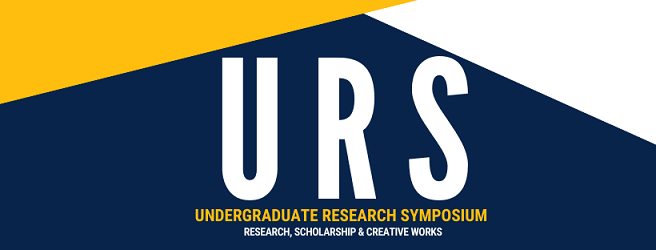Faculty Sponsor
Christoph Schiessl
Final Abstract for URS Program
Radio broadcasts and speeches were key aspects of Nazi regime propaganda. From March 1927 to when the Nazi party won power in March 1933, Hitler made 455 public appearances, reaching close to 4.5 million people. Radio was the leading medium during the Great Depression and during all of WWII. Nazi propaganda focused on the effectiveness of the message, not the means through which it was relayed. Nazis liked simplistic and straightforward ideas with no underlying interpretations. Studies have shown that campaigns do not change the opinions of the masses. Rather, they confirm what the people already believe. In the case of the German Third Reich, Nazi propaganda was centered around the conspiracy theory of superior Germans who were wrongfully tormented by supposedly lesser Jews and non-Aryans. Antisemitic propaganda was sprinkled into radio listening, beginning with Volk-style broadcasts in the 1920’s. These enforced an ideology of a united people and memories of a time when Germany was strong, feelings that the Nazi party would later hijack and use to explain their own racist ideas. Nazis adopted the term Volksgemeinschaft in 1920 to pull people towards the idea of living space and German culture, both of which were heavily emphasized in Volk broadcasts. Hitler’s speeches were less vague than broadcasts, clearly stating that if a war broke out, it would be the result of the Jews and that they would be annihilated as a result.
Document Type
Poster


